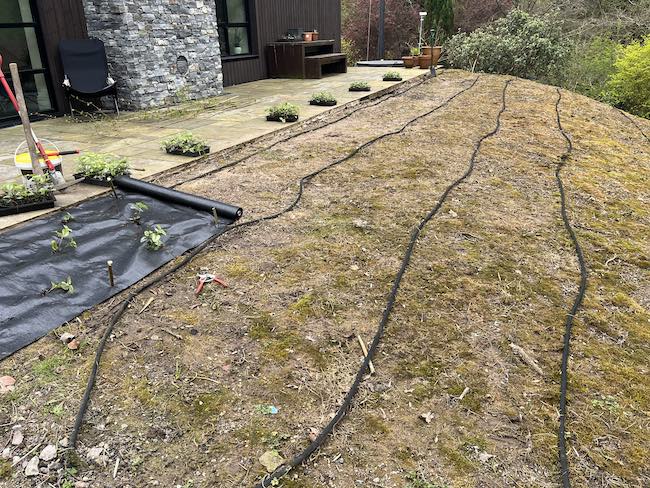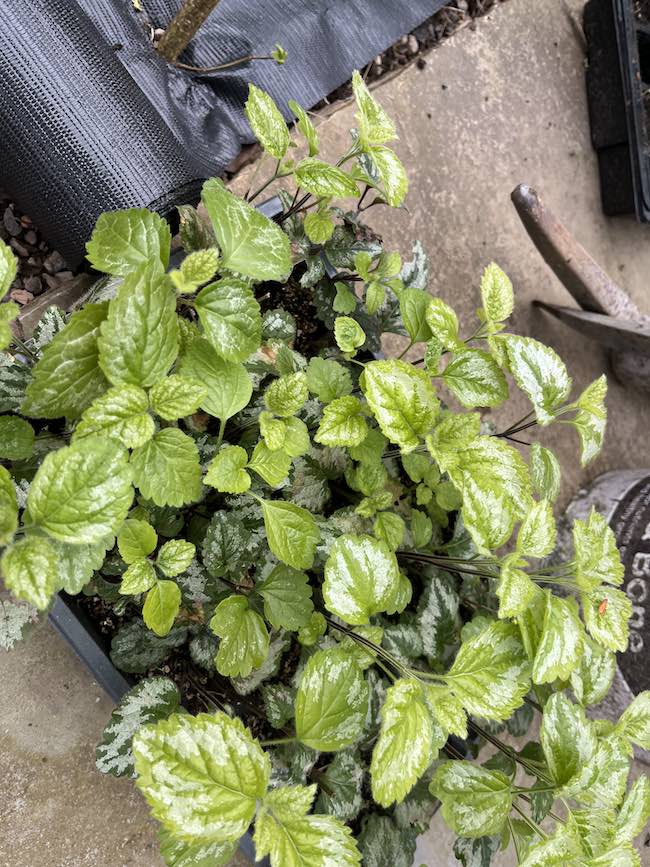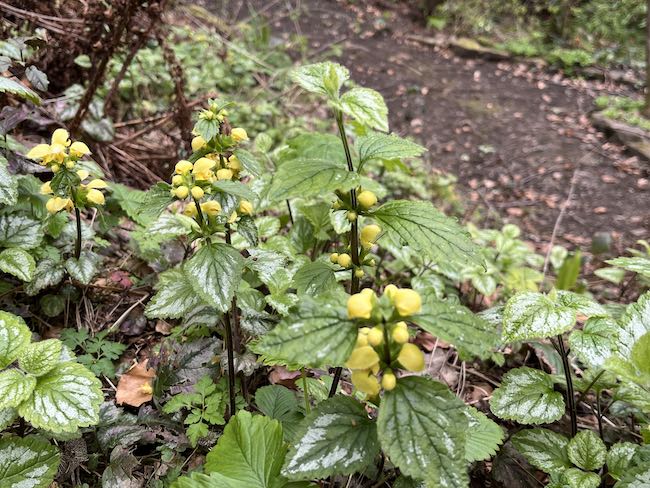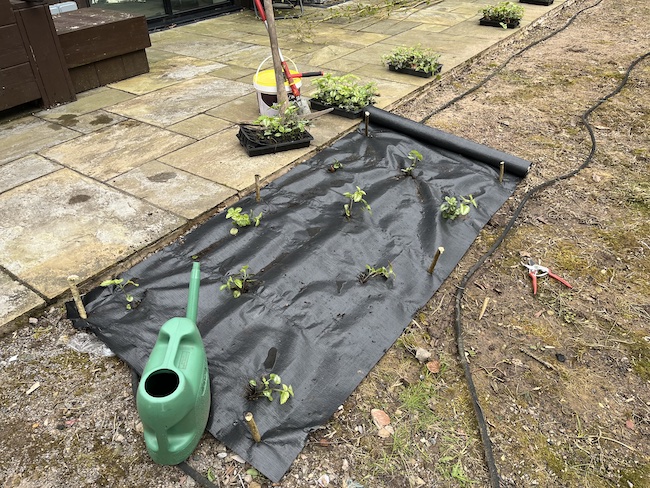



Exciting developments are underway at our Experimental Bee Bank! In collaboration with one of our valued clients, we’re implementing a method to transform an existing bank into a vibrant haven for bees and other pollinating insects while reducing maintenance and mowing efforts.
Young plants and cuttings being supplier through our Root, shoots and share service available to our MyGardenTeam members
Here’s what’s happening
Purposeful Planting: While leaving the bank to clover and grass would offer some benefits, we believe in maximising its potential for pollinating insects. Thus, we’ve embarked on a journey to plant up the bank with beneficial flowers throughout the season.
Cost-Effective Propagation: Recognizing the challenge posed by the size of the bank (14 by 20 metres), we’ve devised a cost-effective strategy. Instead of purchasing expensive plants, we’re propagating simple species like Lamium, lonicera pileata, plus perennial geranium among others. These young plants and rooted cuttings are being carefully nurtured to cover the bank over time.
Innovative Planting Technique: Utilising ground or landscape sheeting, we’re strategically planting the young plants and cuttings. This method not only conserves water but also minimises weed growth, allowing our chosen species to thrive. To support their growth, we’ve installed a drip irrigation system, ensuring they receive the necessary nutrients and hydration to establish themselves.
Within 3 months of planting most of the plants should cover the sheeting
Cost-Saving Measures: By propagating plants in-house, we’re significantly reducing expenses. With species like Lamium and lonicera pileata rooting within 10 days, we’re able to maximise our resources by utilising four to six plants per square metre, saving valuable funds.
Stay Updated: Follow our progress on the GardenAdvice website, specifically in the Seeds for Bees project section. We’ll be sharing regular updates as the project unfolds, highlighting our successes and lessons learned along the way.
Together, we’re making strides in creating a sustainable environment that supports our precious pollinators. Learn more about the GardenAdvice seeds for bees project





















